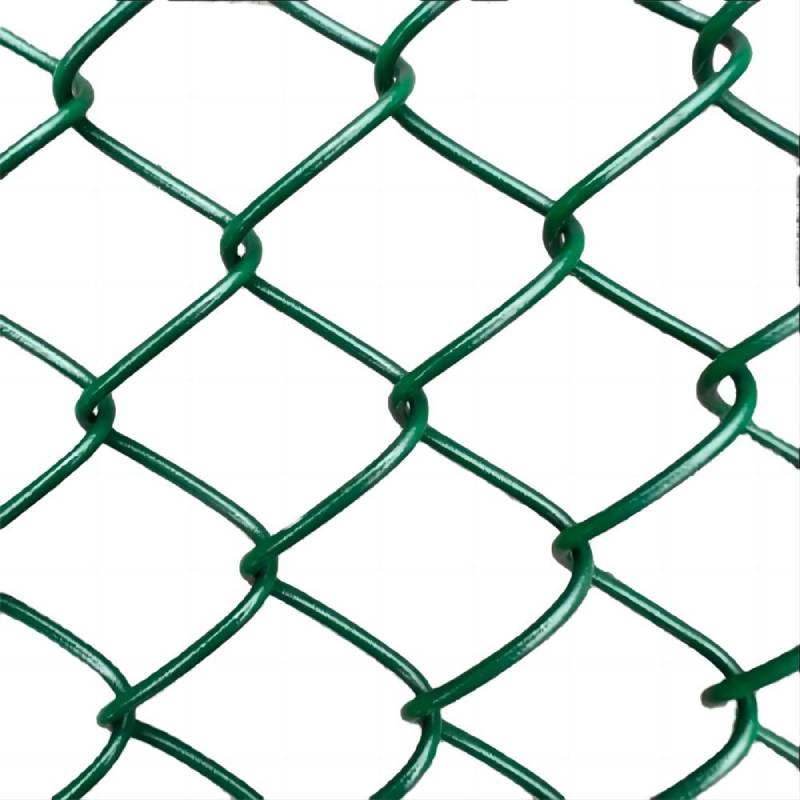Creative Uses for Chicken Wire Fencing in Gardening and Home Projects
The Versatile Appeal of Chicken Wire Fences
When it comes to fencing options, chicken wire fences often come to mind, particularly for those looking to secure livestock or build a garden enclosure. Despite its name, chicken wire is not exclusively used for chickens; its versatile nature makes it valuable for a wide range of applications. This article explores the origins, uses, benefits, and creative possibilities that chicken wire fences offer.
Origin of Chicken Wire
Chicken wire, also known as hexagonal wire netting or poultry netting, first emerged in the late 19th century. Originally designed for keeping chickens contained while allowing for ventilation and light, its simple yet effective design quickly gained popularity. Made of thin, flexible wire twisted into a hexagonal pattern, chicken wire is lightweight and easy to handle, making it ideal for various fencing projects.
Common Uses
While its primary application has been in poultry farming, the uses of chicken wire extend far beyond just keeping chickens. Gardeners commonly use it to protect plants from pests such as rabbits and deer. By surrounding a garden with chicken wire, gardeners can create a physical barrier that discourages animals from munching on their prized vegetables and flowers.
Additionally, chicken wire is popular for crafting and decorative projects. Artists and DIY enthusiasts have cleverly repurposed chicken wire to make everything from sculptures to home decor. Its malleable nature allows for creativity in design, catering to an array of artistic visions.
Chicken wire is also a practical choice for constructing compost bins. By wrapping wire around a frame or stacking wire rolls, gardeners can create a breathable compost area that allows for efficient aeration while keeping unwanted critters at bay.
Benefits of Chicken Wire Fences
chicken wire fence

One of the most appealing aspects of chicken wire fences is their affordability. Compared to traditional wooden or metal fencing options, chicken wire is cost-effective, making it accessible for individuals on a budget. Furthermore, it requires minimal installation tools and efforts, making it an attractive option for DIY projects.
Another significant benefit is visibility. Chicken wire fences provide a degree of enclosure while allowing air circulation and sunlight to reach the enclosed area. This transparency is particularly advantageous in gardens, where plants benefit from natural light, and homeowners can enjoy unobstructed views of their landscape.
The lightweight nature of chicken wire also makes it easy to relocate or modify. If you decide to change your garden layout or move your chicken coop, you can easily dismantle and reinstall the wire as needed. This flexibility is an attractive feature for those who enjoy experimenting with their outdoor spaces.
Creative Applications
While practical uses dominate the landscape of chicken wire, the creative potential of this material cannot be overlooked. For instance, home decorators have started using chicken wire in place of glass in picture frames, adding a rustic touch to wall displays. Additionally, chicken wire can be fashioned into unique pendant lights, adding an industrial flair to modern interiors.
Outdoor enthusiasts can create trellises for climbing plants, enhancing the growth of vines and flowering plants while maintaining a stylish aesthetic in the garden. Chicken wire can also be used to create decorative garden fencing, providing both beauty and function.
If you are feeling particularly crafty, try making a chicken wire wreath. These unique pieces, adorned with seasonal flowers or decorations, can be displayed on doors or walls, reflecting the changing seasons with a personal touch.
Conclusion
In a world filled with fencing materials, chicken wire continues to stand out for its versatility, practicality, and creative potential. Whether you are protecting your garden, keeping livestock secure, or crafting a decorative piece for your home, chicken wire fences are a functional solution that blends utility with imagination. The next time you consider your fencing options, don’t overlook the humble yet remarkable chicken wire—it might just be the perfect fit for your needs!
-
Weather Resistance of Woven Wire and Chicken Wire Fencing MaterialsNewsJun.05,2025
-
Umbrella Nails Innovations in Roofing Fasteners for Wind ResistanceNewsJun.05,2025
-
Modern Barbed Wire Fence Designs for Perimeter ProtectionNewsJun.05,2025
-
How Iron Nail Wire Enhances Nail Strength and Installation EfficiencyNewsJun.05,2025
-
High-Security Razor Fence Solutions for Perimeter ProtectionNewsJun.05,2025
-
Durable Wire Netting Fence Solutions for Animal EnclosuresNewsJun.05,2025




